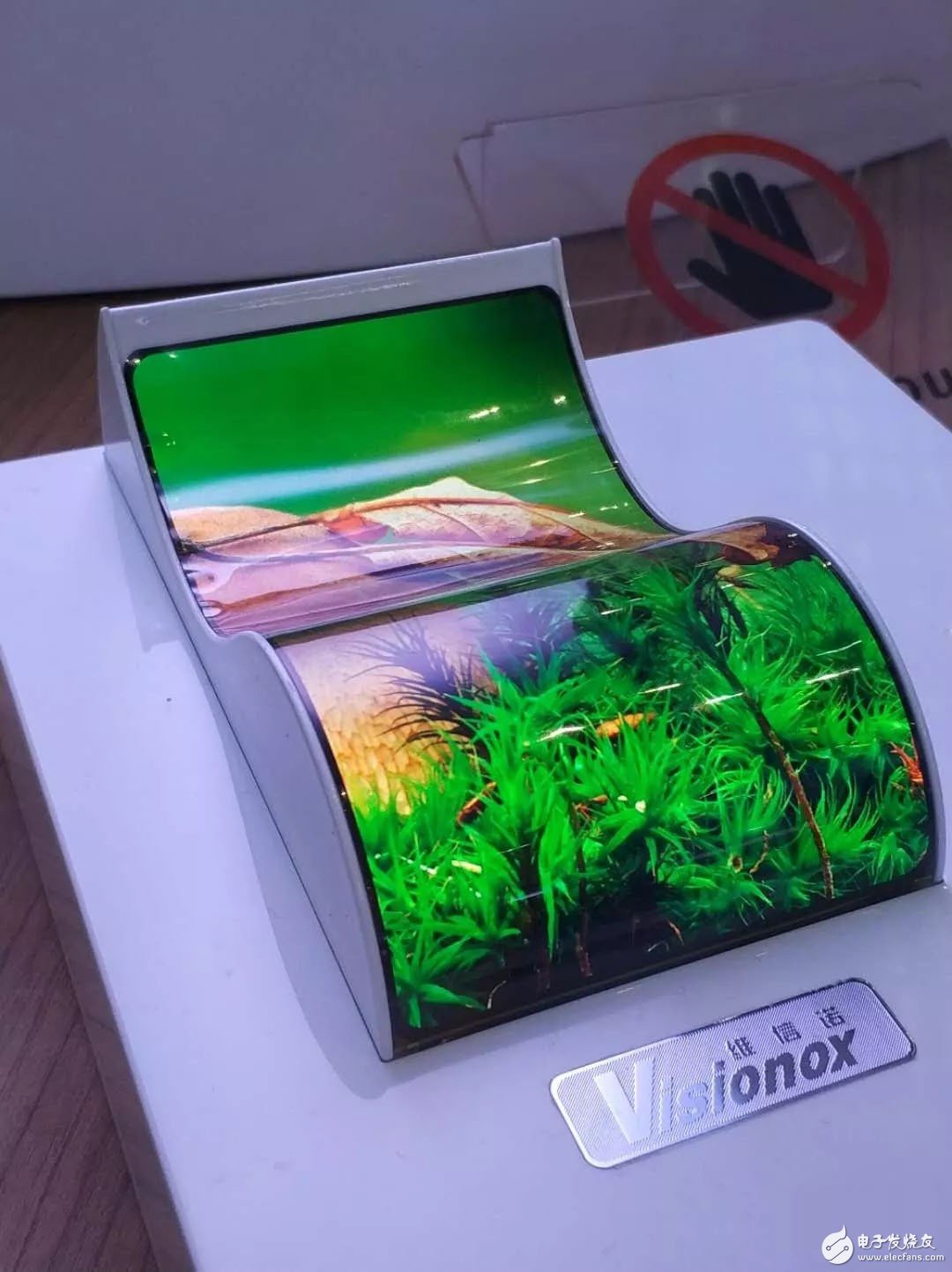Organic Light-EmitTIng Diode ( OLED ), also known as organic electroluminescent display, organic light-emitting semiconductor. OLED technology was discovered by Dr. Deng Qingyun of Kodak Company in the United States in 1979. Because of its self-illumination, infinite high contrast, wide viewing angle, low power consumption, fast response, flexible display, etc., it has been seen since its discovery. For the new generation of display technology.
OLED organic materials are key materials for OLED display panels. Based on the current status of OLED industry , this paper will focus on the technology and industrial development challenges of OLED organic materials.
I. Overview of the OLED industry chain
The upstream of the OLED industry chain includes material manufacturing, equipment manufacturing, and component groups. The middle reaches include panel manufacturing, modules, and driver chips. The downstream includes various terminal applications.
1. OLED upstream
Due to the high technical threshold, the supply of OLED upstream industry is basically in the hands of overseas manufacturers, and there are not many upstream enterprises that can achieve mass production in China. In the field of equipment manufacturing, Japanese manufacturers Canon Tokki and Ulvac are leading the way in key equipment such as evaporation. At present, there is no industrialized OLED production equipment manufacturer, system equipment and systemization of complete equipment. Technology is in the hands of Japanese, Korean and European companies.
At present, the field of OLED upstream materials is the world of Japan, South Korea, Europe and the United States, mainly in the hands of Japan's Idemitsu Kosan Co., Ltd. (hereinafter referred to as "Idemitsu Kosan"), Hodogaya Chemical Industry Co., Ltd., UDC, and some Korean companies. Japanese and Korean manufacturers mainly produce small-molecule luminescent materials. European and American manufacturers mainly produce luminescent materials with high patent barriers and some high-end process materials, of which Japanese and Korean manufacturers account for about 80% of the market. Japan is an important supplier of OLED panel materials. The polymers produced by Sumitomo Chemical Co., Ltd. and Showa Denko Co., Ltd. are the basic materials for the OLED process technology. Idemitsu Kosan Co., Ltd. and Mitsui Chemicals Co., Ltd. mainly produce small molecule luminescent materials.
OLED materials account for 30% of the total cost of OLED screen products, while in LCD products, materials account for 70% of the total cost. After overcoming the problem of low yield of OLED products, OLEDs have sufficient cost reduction space to make them cost lower than liquid crystal display panels.
2. OLED midstream
In the middle of the field, Samsung Group (hereinafter referred to as "Samsung"), LG Group and other giants control the direction of the mid-end panel. The global mass-produced OLED display panel area is mainly Korea, and Samsung is currently the world's largest manufacturer of small and medium-sized OLED panels. LG Display (LGD) is the first major target for large-size OLEDs. In view of the development trend of small-screen electronic products, LGD gradually upgrades small and medium-sized OLEDs.
3. OLED downstream
OLED technology has gradually become a popular trend in downstream terminals, and the market growth rate is huge. The iPhone X uses an OLED display, which brings a powerful demonstration effect to the entire smartphone segment. LG, Samsung, Huawei, OPPO, TCL and other domestic and foreign electronic product manufacturers in 2017 to step up the layout of OLED related industries. In addition, OLEDs still have great growth potential in TV, automotive and aerospace, wearable devices and industrial applications, and have broad development prospects.
The new generation of display OLEDs has broad prospects and numerous domestic and international opportunities. Most of the upstream material accessories such as driver ICs, conductive glass, package glass, organic materials, precision masks, etc. need to be purchased from Japan, South Korea and other countries. Relatively speaking, China's domestic manufacturers are mostly concentrated in the middle and lower reaches of the panel, modules and other fields.

Butt Connector,Lugs Insulated Female Connectors,Insulated Female Connectors,Non-Insulated Spade Terminals Wire Connector
Taixing Longyi Terminals Co.,Ltd. , https://www.lycopperlugs.com